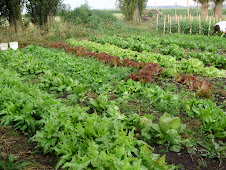

The Southdown was developed in southeastern England in Sussex. The region has a mild climate, fertile soil, and good grass that make it excellent for raising sheep.
The Southdown originated from the native sheep of the region, which were improved beginning in the late 1700s and continuing through the 1830s. Southdown sheep were known as hardy and quick growing, and the quality of their meat was celebrated. The sheep are white with mouse colored faces. They have wool on their faces, ears, and legs. Both ewes and rams do not have any horns.
Our Southdown sheep come by way of Gary Fisher at Camelot Downs in Whidbey Island. Dr. Fisher is one of the foremost experts on colonial breeds. Colonial breeds are those that were present in Colonial times around the time of the U.S. Revolutionary War. Although there is not agreement when the first Southdown sheep came to America, it looks as if it was in the 1600’s.
We decided on Southdown sheep for a couple of reason. First, Southdown’s are primarily a meat sheep and grow more quickly and bigger than the Navajo-Churro. There wool is not as plentiful as the Navajo-Churro, but it is much softer and can be used for clothing, where the Navajo-Churro are used primarily for rugs. The second reason is for our children’s 4-H projects. Showing sheep in 4-H is much easier if you have a meat breed and Southdown’s are the rarest sheep that will do well in competition.



No comments:
Post a Comment